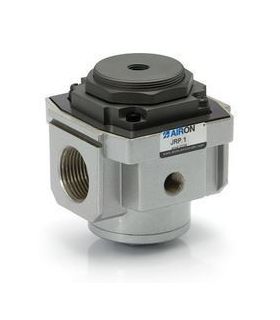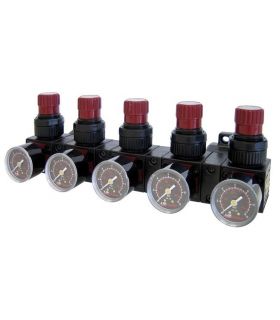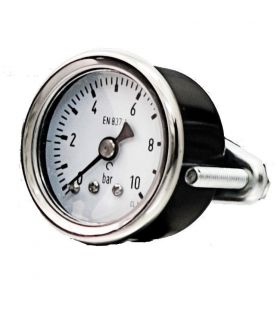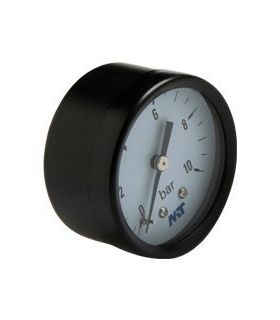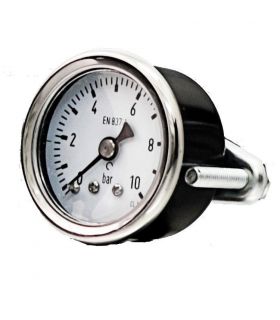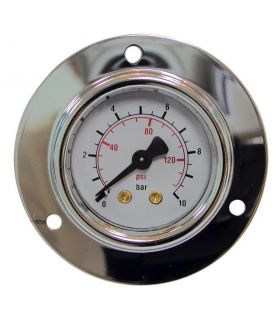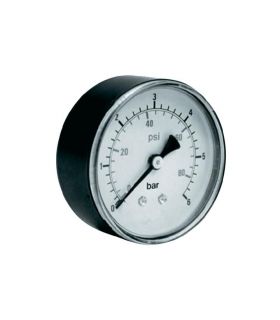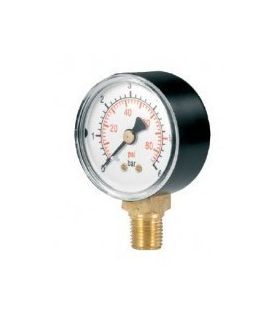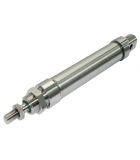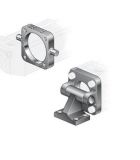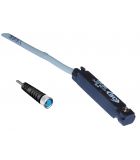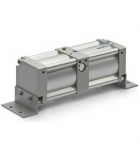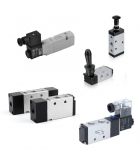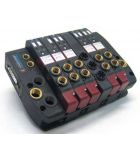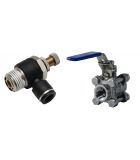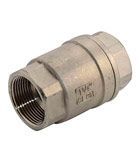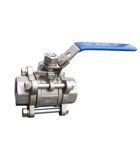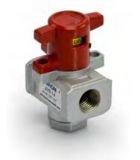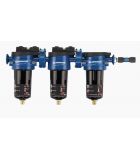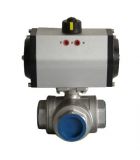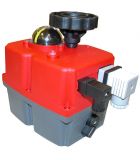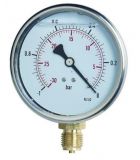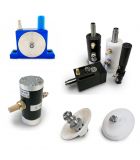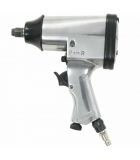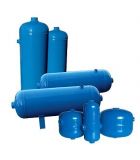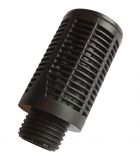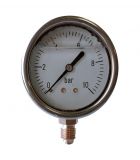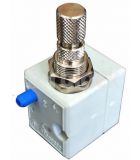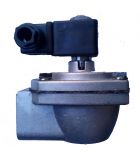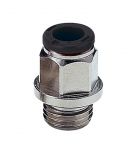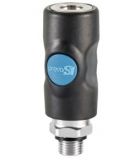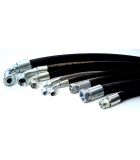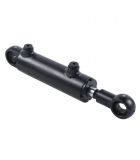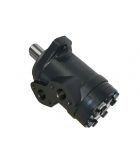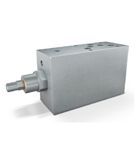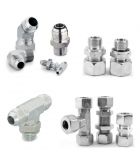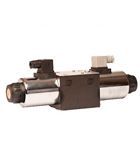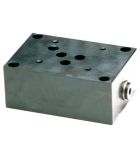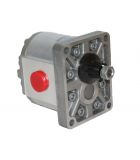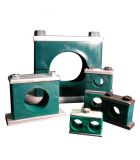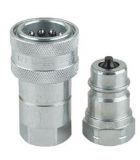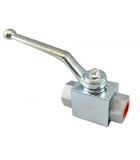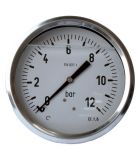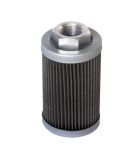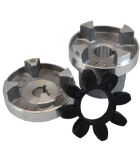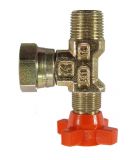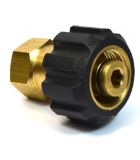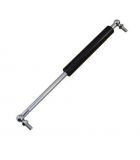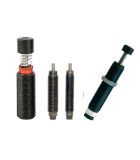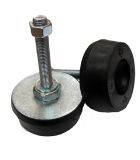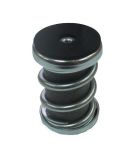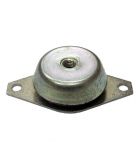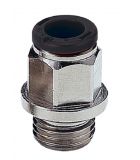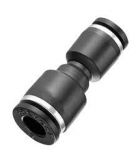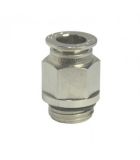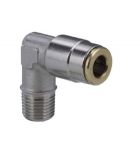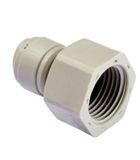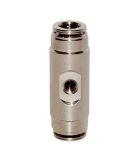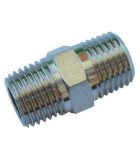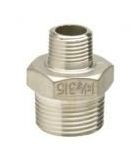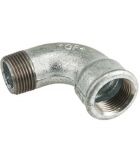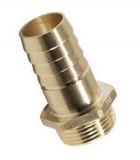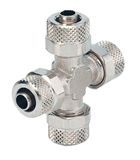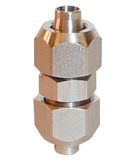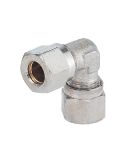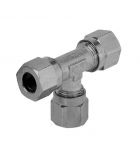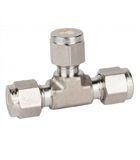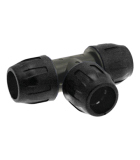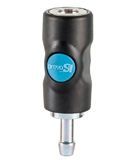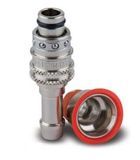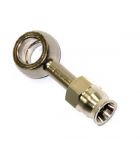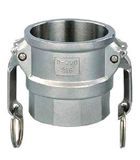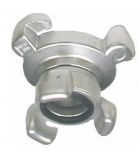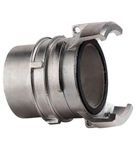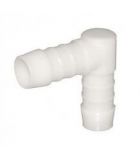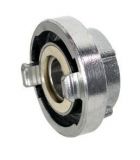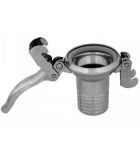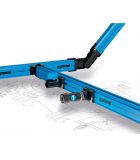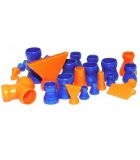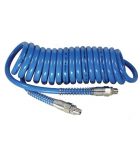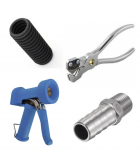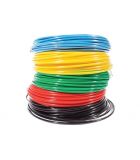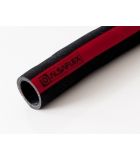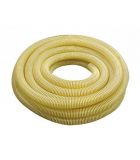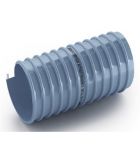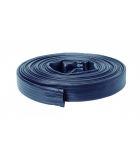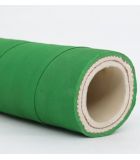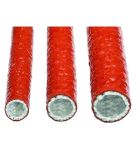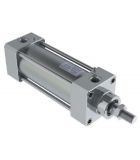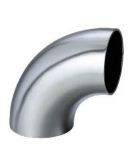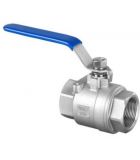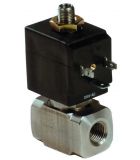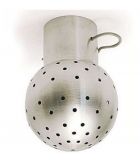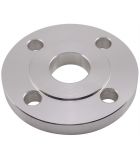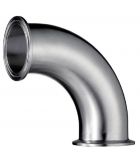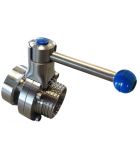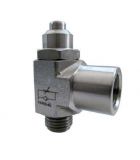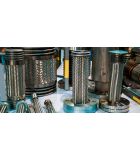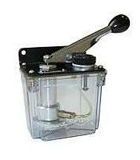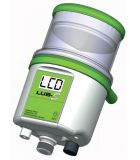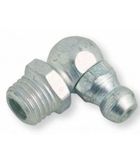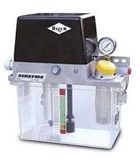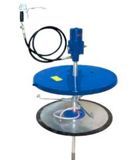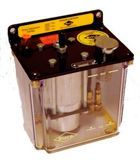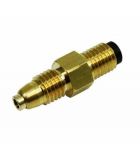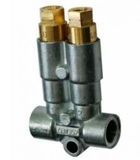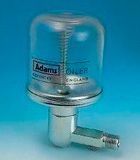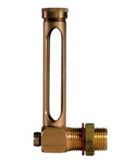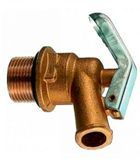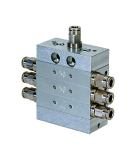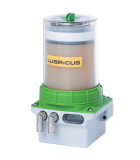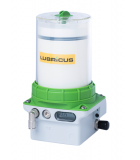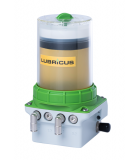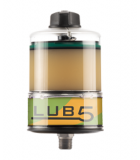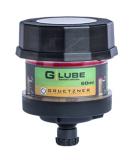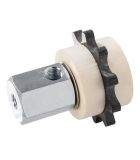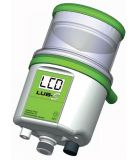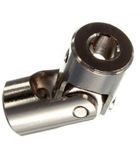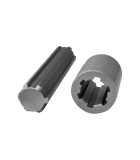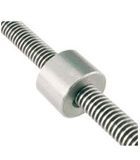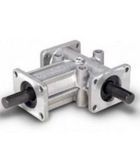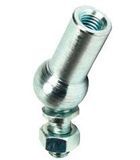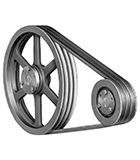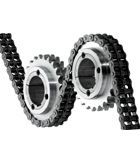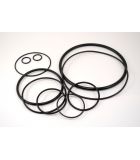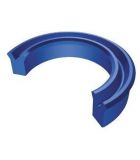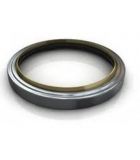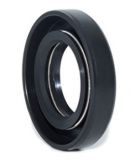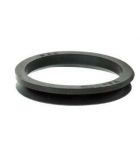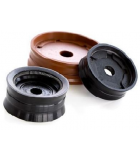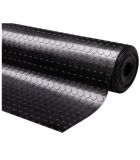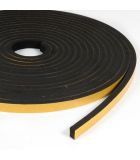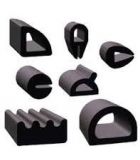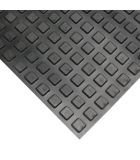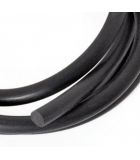COMPRESSED AIR PRESSURE REGULATOR
Compressed air pressure regulator
A pressure regulator is a device that aims to control the inlet or outlet pressure of compressed air from a machinery or installation, such as an air compressor, for example. In industries, it is common for advanced compressed air systems to be used to carry out many of the demanding tasks and processes they face.
The compressed air regulator is the device that is responsible for providing greater or lesser air pressure to a pneumatic system or installation. An air pressure regulator is installed in pneumatic systems to control the pressure of compressed air, playing a fundamental role in industrial processes. Depending on their use, they serve to regulate or limit the pressure of compressed air, protecting the different components of pneumatic machinery, such as valves, cylinders and hoses, among others.
An air pressure regulator works by adjusting the pressure of compressed air to values set by the user. A pressure regulator is used to control the pressure of the line, depending on the pressure of the inlet compressed air, as well as to ensure that the working pressure of the compressed air in the machinery is as defined by its manufacturer.
Types of regulators
There are two basic types of air pressure regulator in a compressor system, the pressure-reducing membrane regulator (normally open) and the backpressure regulator (normally closed).
1.- Pressure reducing membrane regulator . Its function is to maintain the outlet pressure constant, even if the inlet pressure varies. This regulator allows the compressed air to pass directly to the outlet, having the passage restricted, but not completely blocked, so it is normally open. The operation of a membrane air pressure regulator, the most used by companies and industries, is relatively simple. It is about balancing the forces exerted on each side of the regulator membrane. The forces are exerted by a spring and by the compressed air itself:
- Dock. It is a spring compressed by an adjustable screw.
- Compressed air. The pressure exerted by the air entering through the other side of the membrane.
The pressure regulator is responsible for compensating these different forces that confront each other in order to control the pressure obtained by the device.
2.- Backpressure regulator. The back pressure regulator regulates the inlet pressure. The usual thing is to install it at the end of a line. The pressure of the compressed air is regulated by means of a sealing disc that exerts a tension regulated by a spring with an adjustment screw, which plays a fundamental role in this type of regulators. The increase in pressure in the inlet compressed air has to overcome the tension of the spring pressure, which is why it is said to be normally closed. The outlet pressure does not remain constant and depends on possible variations in the inlet pressure.
The main advantages provided by an air pressure regulator are:
- Extends the life of the machinery. An air pressure regulator is responsible for keeping the working pressure balanced within a compressed air system. With optimal operation, this component prevents the machines from deteriorating and their useful life cycle is much longer. It is important to remember that all the elements of a pneumatic circuit, such as valves, cylinders, hoses or filters, have a maximum pressure limit that they can withstand. Likewise, pneumatic machines and tools have a working pressure defined by the manufacturer. If the working pressure limits are exceeded, premature wear and breakdowns will occur. The air pressure regulator guarantees that the pressure that these components can withstand is not exceeded, ensuring that their durability over time is greater.
- Offers greater control over pressure The main objective of these devices is to control the inlet or outlet pressure. For example, in a compressed air installation, the pressure regulator allows the pressure of the output compressed air to be adjusted, adjusting its value to the needs of the installation and preventing the general pressure of the installation and the working pressure of the compressors from are higher than those strictly necessary, since each bar that reduces the working pressure will reduce the electrical consumption of the compressors by 7%.
- Facilitates operations with industrial machinery. Thanks to air pressure regulators, it is much easier and safer to work with pneumatic compressed air systems. Compressors are capable of generating compressed air at high pressures, so regulators play a key role in adjusting pressure to control operations and increase user safety.
- Reduce costs. As indicated before, the compressed air pressure regulator allows you to adjust the air outlet pressure to have the most appropriate pressure for each process or task. This allows consumption to be reduced by avoiding using more pressure than necessary. With a regulator with high pressure control, a precise adjustment can be made, so electrical consumption can be optimized, reducing energy expenditure.
- Simple maintenance. The maintenance necessary to ensure the proper functioning of an air regulator is very simple. Disassembling, checking, cleaning and reassembling these elements is a simple process that does not require much time. In addition, this time invested will save money by increasing the useful life of the air pressure regulator itself. Scheduled preventive maintenance should be a priority to ensure that the air pressure regulator is functioning properly and ensures that the air pressure supported by components and machinery is appropriate.




